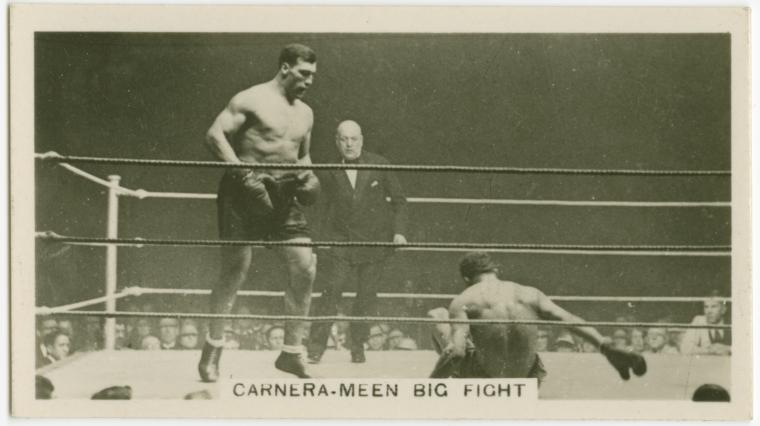For Teachers
Digital Defense: Strategies to Avoid Cyberbullying

Here are a few safety tips we can share with students to prevent cyberbullying from happening to our children:
- Don’t respond or retaliate. Often, cyberbullies want a reaction, so don’t give it to them.
- Block the bully. If someone is sending mean messages, take them off your friends list and block them.
- Save and print out the bullying messages. This is important proof to show parents, teachers, or authorities if the bullying doesn’t stop.
- Tell a “trusted” adult. A “trusted” adult is someone who will listen and has the skills, desire, and authority to help. This can be a school counselor, music teacher, even a parent of a friend. Some kids may not go to their parents/teachers out of shame or humiliation, so talk to your kids about other trusted adults.
- Help your kids to be an “upstander” and not a “bystander.” Many kids watch while another child is being bullied, afraid if they say anything the bully will focus on them. It’s important for kids to tell an adult what’s going on. It isn’t tattling, it’s standing up against the bully.
- Make sure students understand the line between being funny and being mean. Online communication can easily be misinterpreted, causing students to go from friend to foe. Before an argument escalates, have the child call or speak face-to-face with their friend to clear it up.
Online communication tools are part of our students’ lives. We need to help our children understand how to behave when online or on their cell phone. By providing them with information, we will show them how to be a good digital citizen.
Read E-Books with SimplyE
 With your library card, it's easier than ever to choose from more than 300,000 e-books on SimplyE, The New York Public Library's free e-reader app. Gain access to digital resources for all ages, including e-books, audiobooks, databases, and more.
With your library card, it's easier than ever to choose from more than 300,000 e-books on SimplyE, The New York Public Library's free e-reader app. Gain access to digital resources for all ages, including e-books, audiobooks, databases, and more.
If you don’t have an NYPL library card, New York State residents can apply for a digital card online or through SimplyE (available on the App Store or Google Play).
Need more help? Read our guide to using SimplyE.